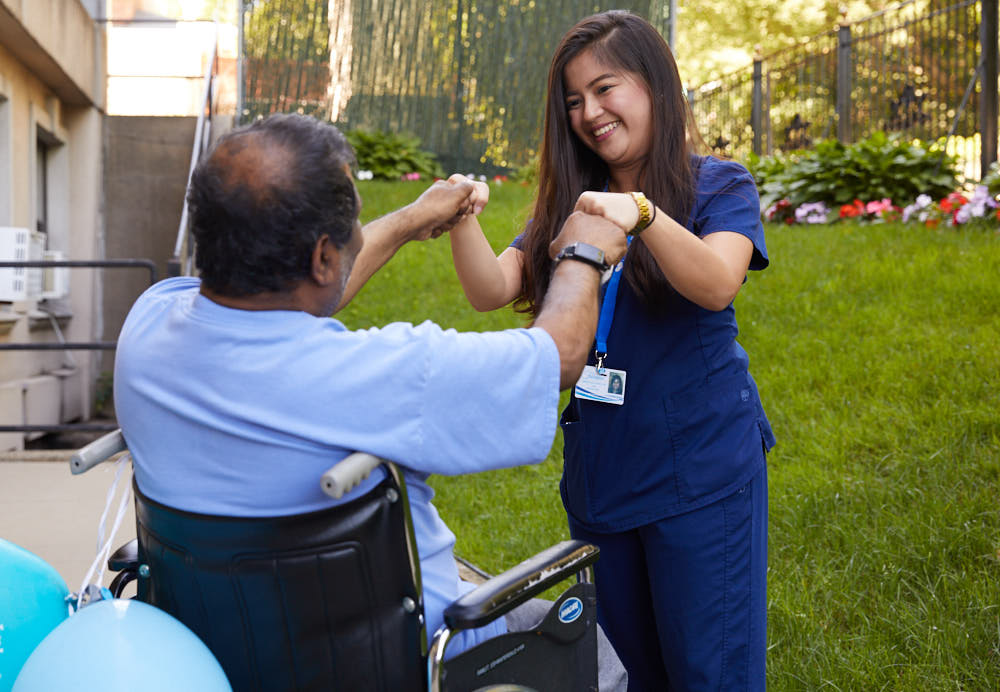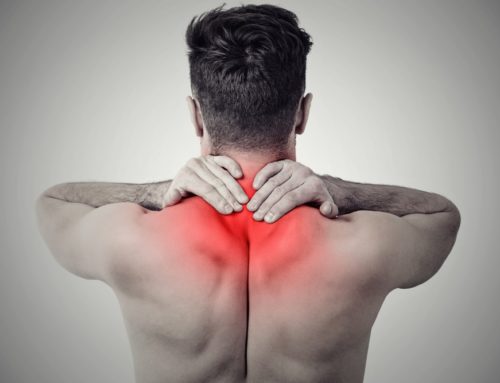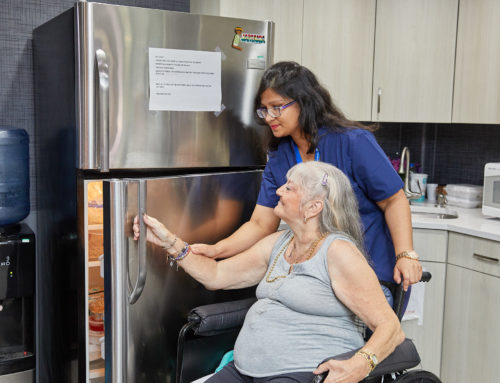Understanding Leg Weakness and When to Seek Help
It’s common to have temporary leg weakness when you wake up in the morning or after spending several hours relaxing. However, in some cases, the issue is a symptom of an underlying condition you may be unaware of. Knowing the possible causes of your weakened lower extremities will determine if you require medical attention.
Quite often, regular exercise is recommended to improve fatigued or powerless legs. Physical activity builds muscle for a strong, stable lower body. It also improves flexibility and balance, increasing range of motion and reducing your risk of falls. For more information on frequent causes of weak limbs, keep reading.

Causes of Leg Weakness
Weakness in the limbs has several possible causes. For instance, it could be a symptom of brain injury from trauma, stroke, MS, or tumors. Endocrine disorders, including hyperthyroidism and Addison’s disease, or electrolyte imbalances, may also cause such weakness. We discuss the most common causes of leg issues in the following sections.
Lifestyle-related
Some lifestyle choices result in weakness in the legs. For instance, sitting for too long reduces strength in the leg and gluteal muscles. The more often you’re sedentary, the weaker your legs become, increasing the risk of strains and falls.
A routine lacking in physical activity causes muscle mass to slowly decrease. If the issue isn’t corrected, muscle atrophy occurs. The leg muscles shrink and lose strength. They may also feel numb or tingly, affecting your balance.
These issues are often temporary. To prevent long-term damage, avoid long sitting periods and incorporate exercise into your routine.
Muscle issues
Muscle issues causing leg weakness could be a natural part of aging, such as sarcopenia. The condition affects 5-13% of those aged 60 and over. Changes in protein and hormone levels reduce muscle fibers, causing them to shrink and weaken.
According to experts, some medical conditions may also weaken the lower extremities. Muscular dystrophy alters the protein-making genes responsible for healthy muscles. There are several types that affect individuals of all ages, many of which target the legs.
Myopathy is a blanket term for various disorders, several of which affect skeletal muscle structure. Many myopathies include leg weakness, pain, and cramps.
Nerve-related
Over 100 types of peripheral neuropathy exist, with varying causes and symptoms. As well as leg weakness, the symptoms may include numbness, twitching, pain, cramps, and balance issues.
Femoral nerve dysfunction results from trauma, prolonged pressure, or other damage. The dysfunction causes weakened knees and legs, tingling, burning, pain, and loss of sensation.
The sciatic nerve controls direct and indirect motor function to several muscles in the legs and feet. Sciatica occurs when the nerve is damaged or compressed, causing pain, a burning sensation, and heavy-feeling legs.
When to seek medical care
If your leg weakness is due to sitting too long or recent inactivity, moving is likely all you require. However, if the sensation doesn’t improve with exercise or rest, it’s best to seek medical attention.
Sudden, severe weakness is also concerning and should be discussed with your doctor. They’ll be able to determine the severity of the cause and recommend the appropriate treatment.
Resources:
- AAFP, Jan. 15, 2020, Muscle Weakness in Adults: Evaluation and Differential Diagnosis
https://www.aafp.org/pubs/afp/issues/2020/0115/p95.html - Better Health Channel, The dangers of sitting: why sitting is the new smoking
https://www.betterhealth.vic.gov.au/health/healthyliving/the-dangers-of-sitting - Cleveland Clinic, Muscle Atrophy
https://my.clevelandclinic.org/health/diseases/22310-muscle-atrophy - Cleveland Clinic, Sarcopenia
https://my.clevelandclinic.org/health/diseases/23167-sarcopenia - Mayo Clinic, Muscular Dystrophy
https://www.mayoclinic.org/diseases-conditions/muscular-dystrophy/symptoms-causes/syc-20375388 - NCBI, Aug. 14, 2023, Myopathy
https://www.ncbi.nlm.nih.gov/books/NBK562290/ - Johns Hopkins Medicine, Peripheral Neuropathy
https://www.hopkinsmedicine.org/health/conditions-and-diseases/peripheral-neuropathy - MedlinePlus, Femoral Nerve Dysfunction
https://medlineplus.gov/ency/article/000687.htm - NCBI, Jan. 4, 2024, Sciatica
https://www.ncbi.nlm.nih.gov/books/NBK507908/ - Spine Health Foundation, July 14, 2024, Leg Weakness
https://spinehealth.org/article/leg-weakness/
This article is for educational and informational purpose only and does not substitute for professional medical advice. For any questions about your own health condition, speak to a qualified physician or healthcare provider.







Leave A Comment